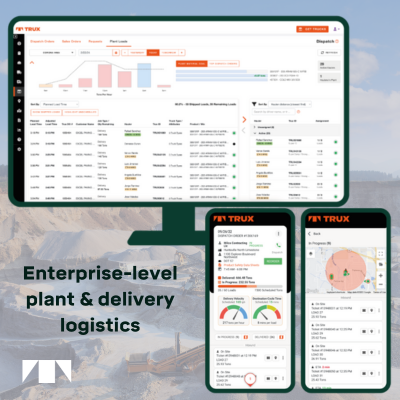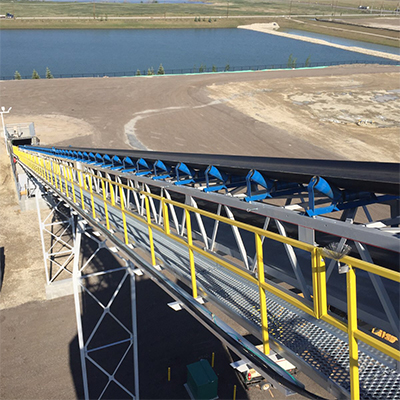The following transcript was edited for brevity and clarity from one of two concurrent Feb. 2 discussions at the 2024 Pit & Quarry Roundtable & Conference. Part 2 of this conversation can be found here.
PIT & QUARRY: For producers, what are your sales expectations for 2024? What dynamics in your state or region do you expect to drive or hinder demand? What are your expectations for construction markets and Infrastructure Investment & Job Act (IIJA) funds in the coming year?
JAY MIZACK (CARMEUSE): 2024 demand – from a backlog perspective – is already appearing to be busier than what we saw in 2023. We’re facing some of the same challenges as everyone else such as workforce issues, but a bigger concern is the supply chain.
We use a lot of alternative methods of moving our materials outside of trucking. We use self-loading vessels, barges on the river and a lot of unit trains. There seems to be more bottleneck around actually moving the product and getting it to the end markets. While it’s a concern in 2024, it’s a real concern for even further out as rail and barge assets continue to go away.
CHRIS WILLIAMS (CAPITAL AGGREGATES): We expect 2024 to be up slightly compared to 2023. Sales projections are expecting residential to stay down, so that’s one variable.
JONATHAN KOLBE (ALLEGHENY MINERAL CORP.): We saw a single-digit increase in volume in 2023. We think we might see a slight increase in 2024. But again, it’s going to be in single digits. We’re not expecting anything in double digits.
MIZACK: Product mix and balance is such an important part of our business and our operations. We’re also seeing higher demand for very select products in certain pockets. While demand is great, you can’t make those products without making a bunch of other stuff. It’s going to be challenging going forward to meet some of the demand because of this.
PIT & QUARRY: For equipment suppliers and others, what are your sales expectations for 2024 regarding the aggregate industry? What are equipment backlogs and lead times looking like to start the year?
CHARLES GILBERT (ASTEC): Last year, some of our lead times on parts [were] down as low as 60, 50 percent. Those lead times and fill rates now are up over 90 percent. That’s positive. I think that’s going to be the driver this year.
2024 for us looks like it is going to be a moderate gain. Through the first half of the year, we feel very comfortable. The second half with the election coming up, we’re confident that we’re going to get through that like we always have.
PAUL ROSS (DOUGLAS MANUFACTURING): We’re forecasting significant growth in the aggregate industry for our OEMs and our distributor partners in 2024. Our lead times are remaining relatively stable with less than 10 working day cycles on aftermarket parts.
One of the big problems we had in 2023 was supply chain. Those challenges are all resolved, and material cost issues have pretty much resolved themselves. Things are looking bright for 2024. There are a lot of variables that could catch us off guard, but we’ll just have to wait and see.
JOHN BENNINGTON (SUPERIOR INDUSTRIES): We, like almost everybody on the manufacturing side in 2023, said lead times, supply chain and labor were some of our biggest challenges. This year, to try to get some of those things under control, we’ve spent a fairly large amount of money on automation robotics and have made some acquisitions.
We’re expecting 2024 to be similar to 2023 but hopefully a bit better on lead times. We’re starting to see lead times come down – not so much from demand. A big thing we’ve seen from our distributors is a shift from purchasing to renting equipment. That seems to be going back to a more normal cycle.












